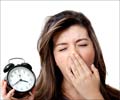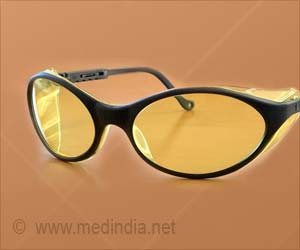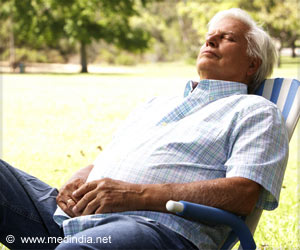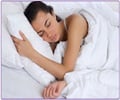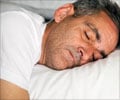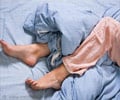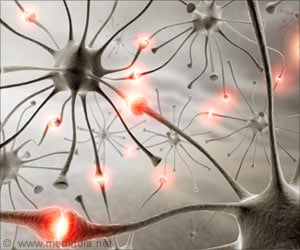Light pollution due to artificial, outdoor light exposure at night time can significantly cause sleep problems such as insomnia in older adults, reveals a new study.
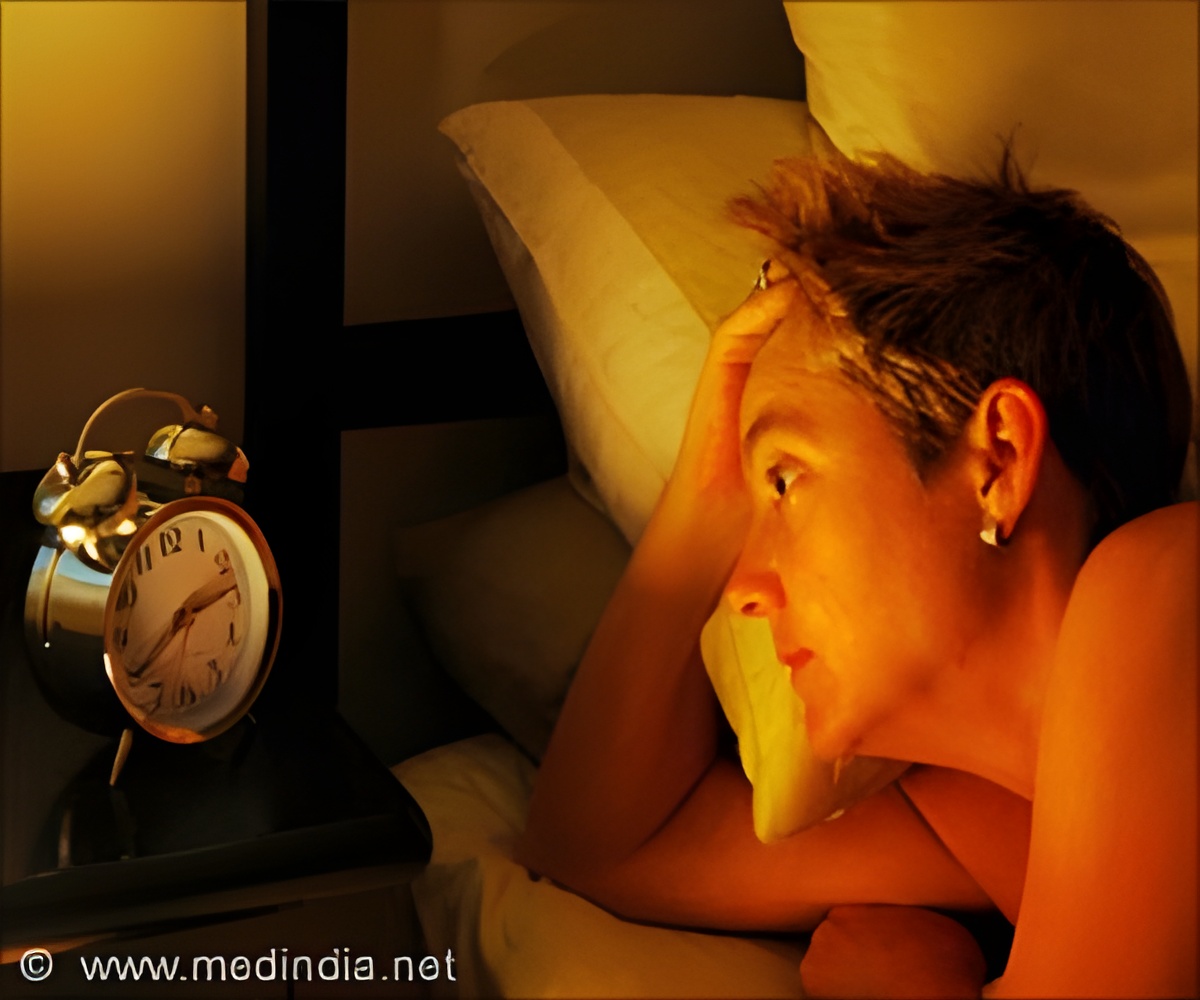
‘Missing the Dark: Light pollution due to artificial, outdoor light exposure at night time can significantly cause sleep problems such as insomnia in older adults, reports a new study.’
Read More..




Results show that increasing nighttime levels of artificial, outdoor light exposure, stratified by quartile, were associated with an increased prevalence of hypnotic prescriptions and daily dose intake. Furthermore, older adults exposed to higher levels of artificial, outdoor light at night were more likely to use hypnotic drugs for longer periods or higher daily dosages.Read More..
"This study observed a significant association between the intensity of outdoor, artificial, nighttime lighting and the prevalence of insomnia as indicated by hypnotic agent prescriptions for older adults in South Korea," said Kyoung-bok Min, PhD, an associate professor in the Department of Occupational and Environmental Medicine at Seoul National University College of Medicine in South Korea.
"Our results are supportive data that outdoor, artificial, nighttime light could be linked to sleep deprivation among those while inside the house."
According to the American Academy of Sleep Medicine, insomnia can involve struggling to fall asleep, having trouble maintaining sleep, or waking up too early. A variety of environmental factors, including excessive noise or light and extreme temperatures, will disrupt the sleep of most individuals.
The authors reported that the inappropriate or excessive use of artificial, outdoor light at night, referred to as "light pollution," has emerged as a novel environmental factor linked to human health. Research has shown that artificial nighttime lighting, whether indoor or outdoor, induces disruption of circadian rhythms, potentially leading to metabolic and chronic diseases, including cancer, diabetes, obesity and depression.
Advertisement
Light exposure was based on satellite data provided by the National Centers for Environmental Information. The estimated light pollution level in each administrative district was matched with individuals' residential districts to determine an individual exposure level.
Advertisement
Min added that public health officials seem to be less concerned with light pollution than with other environmental pollutants. However, this study strengthens the potential link between light pollution and adverse health consequences.
"Given the recent scientific evidence including our results, bright outdoor lighting may be a novel risk factor for prescribing hypnotic drugs," Min said.
The authors noted that more studies and public policy initiatives are needed to define and minimize the adverse effects of light pollution on human health.
Source-Eurekalert

